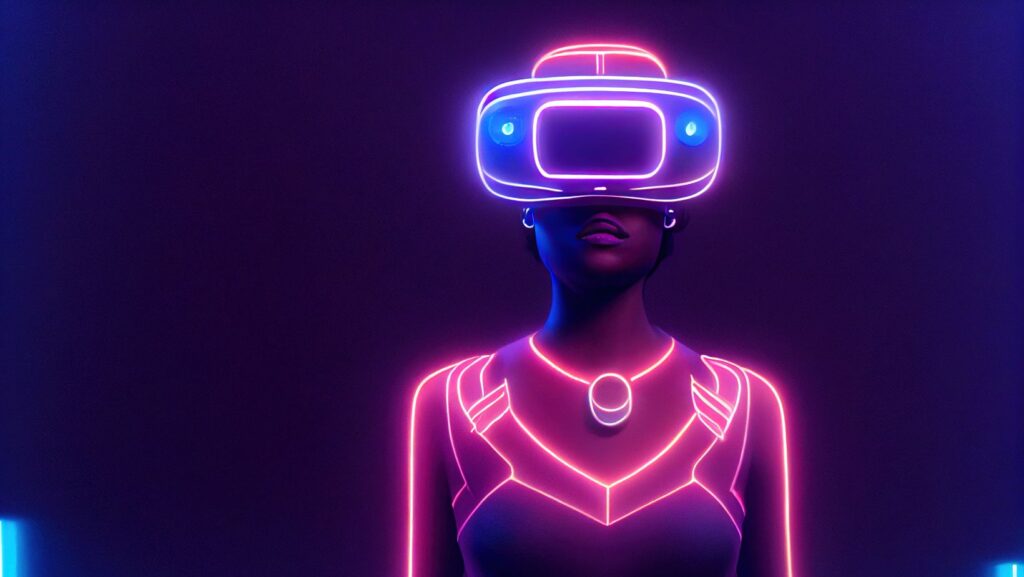In the ever-evolving realm of digital art and technology, the enigmatic term female:vr27_jjygbg= faces sparks curiosity and intrigue funny life hacks. As artists and developers push the boundaries of virtual reality, this concept emerges as a fascinating intersection of creativity and innovation. It represents a new frontier where digital representations of female faces are crafted with unprecedented detail and realism, offering endless possibilities for storytelling and interactive experiences.
Delving into the world of female:vr27_jjygbg= faces unveils a tapestry of technological advancements and artistic expression. These virtual faces are not just about aesthetics; they’re a testament to the power of algorithms and artificial intelligence in shaping human-like features. As this field continues to grow, it challenges creators to rethink how they portray emotion and identity in virtual environments. This exploration promises to redefine our understanding of digital personas and their role in the immersive worlds of tomorrow.
Female:vr27_jjygbg= Faces
 In the rapidly evolving world of virtual reality, the creation of female:vr27_jjygbg= faces signifies a technological and artistic breakthrough. These digital faces leverage advanced algorithms to enhance realism and detail, providing artists and developers new tools for storytelling. Such virtual representations showcase women in diverse roles and identities, facilitating nuanced narratives in digital media. The application of machine learning and AI in this domain enables the capture of intricate facial expressions, redefining how emotions are conveyed in virtual spaces. By refining these digital personas, creators aim to offer more authentic and immersive user experiences.
In the rapidly evolving world of virtual reality, the creation of female:vr27_jjygbg= faces signifies a technological and artistic breakthrough. These digital faces leverage advanced algorithms to enhance realism and detail, providing artists and developers new tools for storytelling. Such virtual representations showcase women in diverse roles and identities, facilitating nuanced narratives in digital media. The application of machine learning and AI in this domain enables the capture of intricate facial expressions, redefining how emotions are conveyed in virtual spaces. By refining these digital personas, creators aim to offer more authentic and immersive user experiences.
Design And Features
Aesthetic Appeal and Functional Characteristics
 VR female faces exhibit a blend of realism and artistry, capturing intricate details like skin texture and facial proportions. This meticulous design enhances the viewer’s immersive experience. High-definition textures and adaptive lighting contribute to lifelike appearances, allowing expressions to convey subtle emotions. Diverse styles enable creators to realize various artistic visions, from hyper-realistic to stylized forms.
VR female faces exhibit a blend of realism and artistry, capturing intricate details like skin texture and facial proportions. This meticulous design enhances the viewer’s immersive experience. High-definition textures and adaptive lighting contribute to lifelike appearances, allowing expressions to convey subtle emotions. Diverse styles enable creators to realize various artistic visions, from hyper-realistic to stylized forms.
Functional attributes focus on adaptive interactivity and real-time response. Advanced AI enhances these faces’ ability to react to user input and environmental changes seamlessly. Machine learning algorithms process data to provide dynamic facial expressions that reflect emotional nuance. Integration with gesture and voice recognition technology further enriches engagement in digital settings, promoting more authentic and personalized interactions.
Performance EvaluationUser Experience
 User engagement skyrockets when VR female faces use machine learning to generate realistic interactions. Responsive design elements capture subtle nuances in facial expressions, enabling users to connect on a deeper emotional level. The integration of gesture and voice recognition technology further enhances engagement by facilitating dynamic and personalized interactions. In immersive experiences, lifelike features and real-time adaptive responses improve overall satisfaction, creating a more believable virtual presence.
User engagement skyrockets when VR female faces use machine learning to generate realistic interactions. Responsive design elements capture subtle nuances in facial expressions, enabling users to connect on a deeper emotional level. The integration of gesture and voice recognition technology further enhances engagement by facilitating dynamic and personalized interactions. In immersive experiences, lifelike features and real-time adaptive responses improve overall satisfaction, creating a more believable virtual presence.
Comparison With Alternatives
Compared to traditional static avatars, VR female faces offer superior realism and interactivity. Static models lack the ability to adjust to user inputs, whereas VR faces employ AI to provide a dynamic experience. While static representations focus on fixed expressions, VR faces convey a wider emotional range through subtle animation and high-definition details. The versatility of these digital characters also surpasses other digital personas, allowing seamless adaptation in diverse virtual environments.
Target Audience
 The primary audience for digital female:vr27_jjygbg= faces includes developers and artists who engage with virtual reality technologies. These professionals explore innovative tools and techniques to create lifelike female digital representations, enhancing storytelling and interactive experiences in VR settings. Researchers and academics in computer science and digital art fields also find significant interest in understanding the algorithms and AI technologies driving these virtual faces, focusing on emotional expression and identity portrayal in immersive environments.
The primary audience for digital female:vr27_jjygbg= faces includes developers and artists who engage with virtual reality technologies. These professionals explore innovative tools and techniques to create lifelike female digital representations, enhancing storytelling and interactive experiences in VR settings. Researchers and academics in computer science and digital art fields also find significant interest in understanding the algorithms and AI technologies driving these virtual faces, focusing on emotional expression and identity portrayal in immersive environments.
Brands and marketers comprise another segment of the audience, leveraging VR female faces to deliver compelling and personalized consumer experiences. By incorporating these virtual personas into marketing strategies, they enhance brand engagement through interactive, realistic digital interfaces.
Additionally, end-users and enthusiasts who seek immersive entertainment experiences engage with VR female faces, appreciating the depth and authenticity these interactions provide in gaming, film, and virtual social platforms. By participating in scenarios enhanced by adaptive interactivity, users experience a more profound emotional connection and richer narratives.



